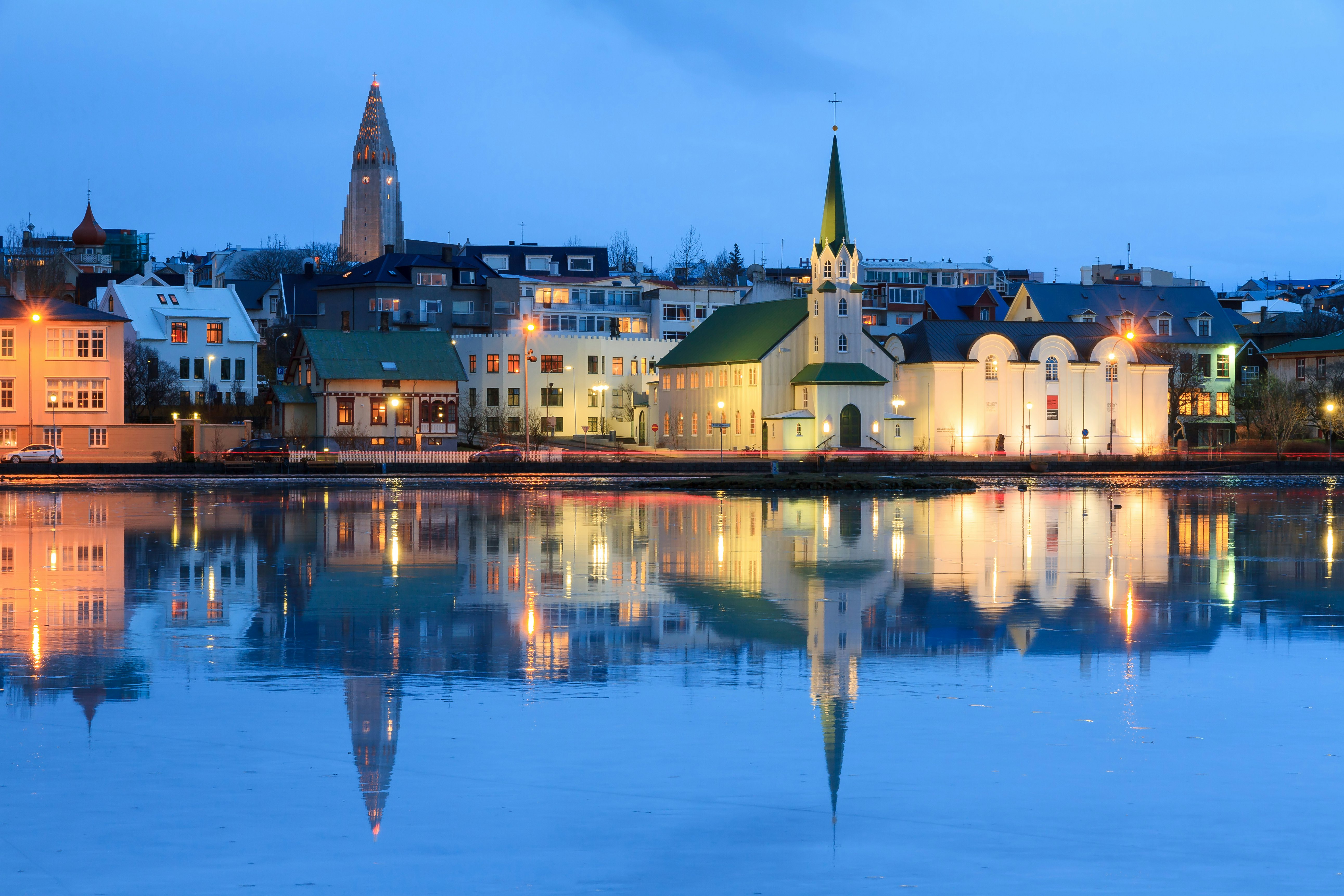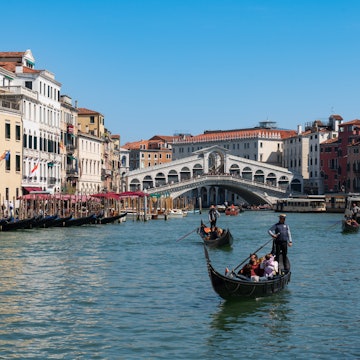

A visit to Iceland can be the trip of the lifetime. Here’s all you need to know about entry requirements for the country © Matteo Colombo / Getty Images
Ever dreamed of auroras dancing in dark winter skies, or the sun bouncing off the horizon before rising again during bright subarctic summer nights?
Such are the otherworldly pleasures of intriguing Iceland. And if you’re planning – or just dreaming of – a trip here, you’re in luck: chances are that you can visit without a visa.
Here’s all you need to know about visa requirements for Iceland.

Can I enter Iceland without a visa?
If you’re a citizen of a country within the European Union or the European Free Trade Association (EFTA), you don’t need a visa to enter Iceland.
Iceland is a member of the Schengen Area, which allows for the free movement of people across the national borders of most European states. If you have already received a visa to another Schengen country, you don’t need an additional visa for Iceland: a uniform Schengen visa is valid for travel throughout the bloc.
Citizens of the US, Canada, Australia, Japan and the UK (which is not a member of Schengen), along with many others, enjoy visa-free travel to the Schengen Area. Note that a European Travel and Authorization System (ETIAS) is in the works, which will require travelers to fill out an online form and pay a fee to be paid. The new system should be up and running by early 2025.
Visit Digital Iceland (the Icelandic government’s internet portal) to check whether you need a visa.

Besides a visa, what else do I need to visit Iceland?
For tourism or business purposes, visitors may stay in Iceland or the other Schengen states for up to 90 days total within a 180-day period. You need sufficient funds and a return airline ticket.
Your passport should be valid for at least three months after the date you intend to leave the Schengen area, and it must have been issued within the last 10 years. Children and minors must have their own passports.
You can read further details and Schengen requirements and obligations on the EU’s website.

Where do I apply for a visa to Iceland?
Those who do need a visa – which includes citizens of India and China – can apply for one at Iceland’s embassies, such as those in London, New Delhi, Beijing and Washington, DC. In about 120 other cities around the world, the embassies of Schengen member states can issue visas on Iceland’s behalf.
Many embassies and consulates use service providers to receive applications. These third parties process all applications, before the embassy itself evaluates the application and issues the visa. This only applies to C-visas, issued for brief visits, business trips and short-term studies. Applications for D-visas, or residence permits, must be processed through the Directorate of Immigration.

What is the visa-application process and how much does it cost?
It depends on where you apply; the website of the relevant embassy or application center will provide full guidance on the process. It usually takes at least 15 days, so make sure to get started with enough time. The fee for a visa application is €80 (€40 for 6- to 12-year-olds).
Visit Digital Iceland to get going on your visa application.
Can I extend my visa for Iceland?
Yes. The period of validity and/or the duration of the authorized stay of an issued visa may be extended under certain circumstances if its period of validity is less than 90 days. Digital Iceland has more information about how to extend your visa.

Can I take a working holiday in Iceland?
Per bilateral agreements, working-holiday and youth-mobility permits are available to citizens of Andorra, Canada, Japan and the UK. The application must be submitted on paper. The fee for processing the application is ISK16,000 – except for Japanese nationals, who can apply for free. Here’s more information about how to apply.
















